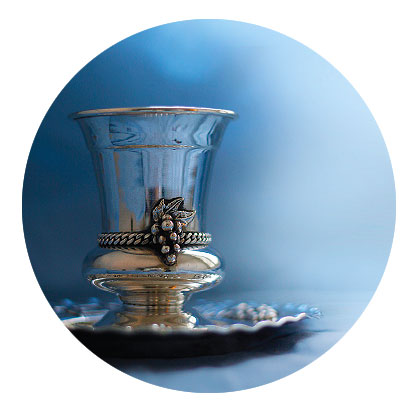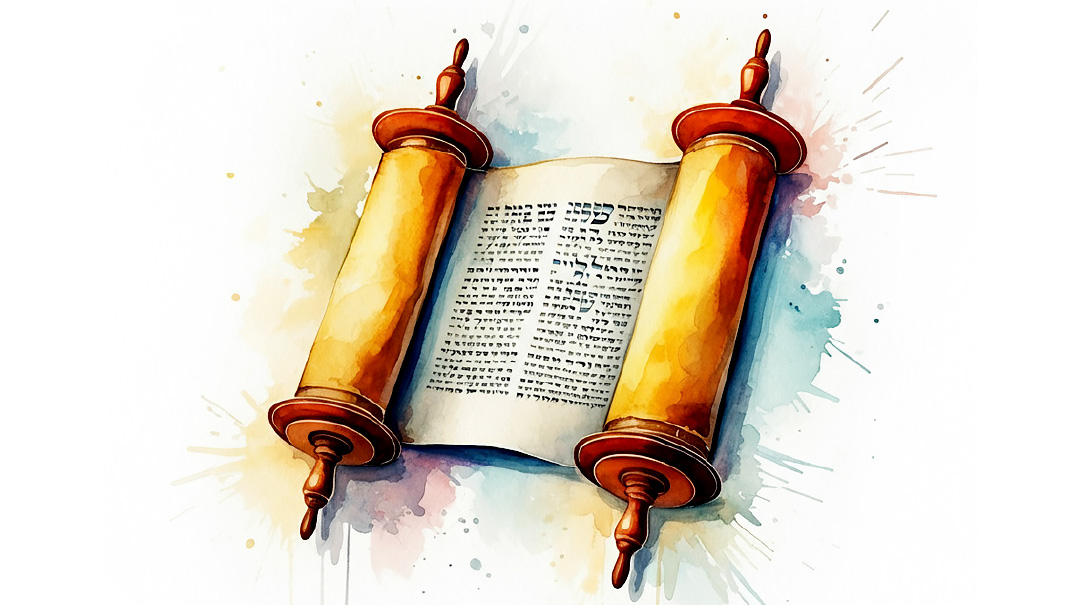The Jelly Generation


“B
ut these you shall not eat… the camel, because it brings up its cud, but does not have a [completely] cloven hoof… And the pig, because it has a cloven hoof that is completely split, but will not regurgitate its cud…” (Shemos 11:4-7)
Often in the Tanach, Klal Yisrael and the other nations are compared to animals.
In the words of Yirmiyahu Hanavi (50:17): “A scattered sheep is Israel…” Eisav’s likened to a pig, as it says in Tehillim (80:14): “The boar from the forest gnaw at it.” And the Midrash compares Yishmael to a camel.
Each of these three animals have at least one sign of kashrus: the pig has split hooves and the camel chews its cud, while the sheep has both simanim, making it the only one that’s kosher. (Rav Y. Schwartz, Sefer Yemos Ha’olam)
Recently, I celebrated a milestone — my baby had his chalakah, his upsheren. I know by definition a three-year-old’s no longer a baby, but I’m not quite ready to relinquish this term of endearment.
I was pretty proud that I didn’t cry as we snipped off his platinum curls. (Why were my boys blessed with these gorgeous golden curls?) And I smiled broadly as he donned his fresh yarmulke and wondered vaguely at the capriciousness of time. How had I gotten to this stage?
I shook myself back to the present. My baby was grinning from ear to ear, his brand-new peyos sticking to the honey dotting his cheeks.
Is this the little boy I carried?
There’s a big difference between Klal Yisrael’s approach to global events and that of the goyim. The animal each nation is compared to highlights the relationship each nation has to current affairs.
The pig’s split hooves symbolize how Eisav breaks off from the elders and is focused on the future, idolizing youth and progress.
Yishmael is fueled by glorifying the past to compensate for his lack of hope for the future. The elders of the Arab nations constantly revel and regurgitate the past glory of their empires, similar to a camel chewing its cud.
Klal Yisrael is like the sheep — just as it chews its cud and has split hoofs, it holds on to the past, but looks toward the future. In our eyes, yesterday has value because it gives us a reason to create a tomorrow — and that’s what gives a focal goal to the present.
We’re the only nation that recognizes the significance of existence from the day the world was created and onward, and believes in the Heavenly promise of world fulfillment when Mashiach arrives.
The week before, I’d celebrated yet another milestone. My daughter was working, so I took both my son and grandson to their well-baby visits.
As the nurse weighed and measured the two children, I grinned at the contrast between them. My son’s a tiny petite blond sprite; my grandson, a dark hunky football quarterback.
“What’s your daughter doing that you’re not?” asked the nurse, referring to my son’s slight build.
“She’s got the blessing of youth on her side,” I quipped.
Later, when my daughter came home, I watched as she and her baby crooned hellos, nose to nose, after a morning’s separation.
Is this my little girl at play? I don’t remember growing older, when did they?
This concept is discussed as well in Chad Gadya.
The Sefer Maaseh Nissim explains that every detail listed in this song is a signpost showing events that happened or will happen to Klal Yisrael from Yetzias Mitzraim until yemei haMashiach, when the Malach Hamaves will be slaughtered by Hashem.
Sunrise, sunset.
Time doesn’t stop for anyone. My oldest son has the makings of a beard. My daughter just registered to vote. When I go to visit my mother, the kids have to manage without theirs. Where am I in this picture?
The phone rang that evening after my outing to the well-baby clinic. “Ma, the baby’s running a fever. That’s normal after a shot, no?”
I reassured her, remembering when I’d called my own mother for advice after this daughter had gotten sick from her vaccinations.
I’m the sandwich generation. The daughter, the mother, the grandmother, with all the joys and responsibilities that go with each role.
I’m proud to be the jelly between the slices of bread. It’s what holds the whole sandwich together.
(Originally featured in Family First, Issue 636)
Oops! We could not locate your form.


